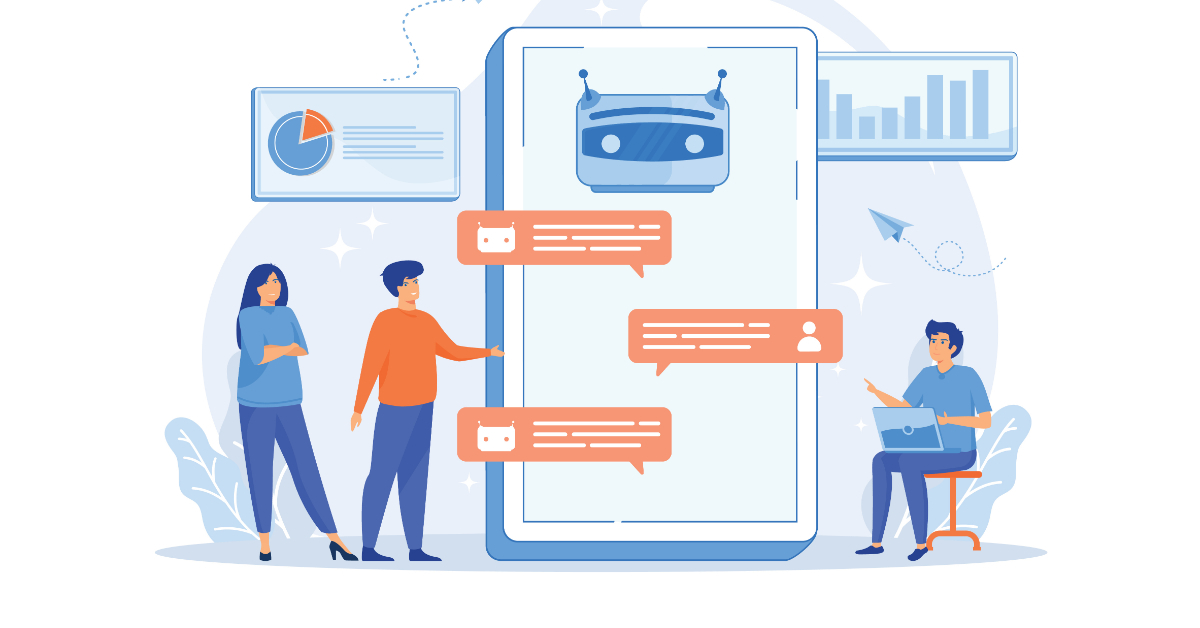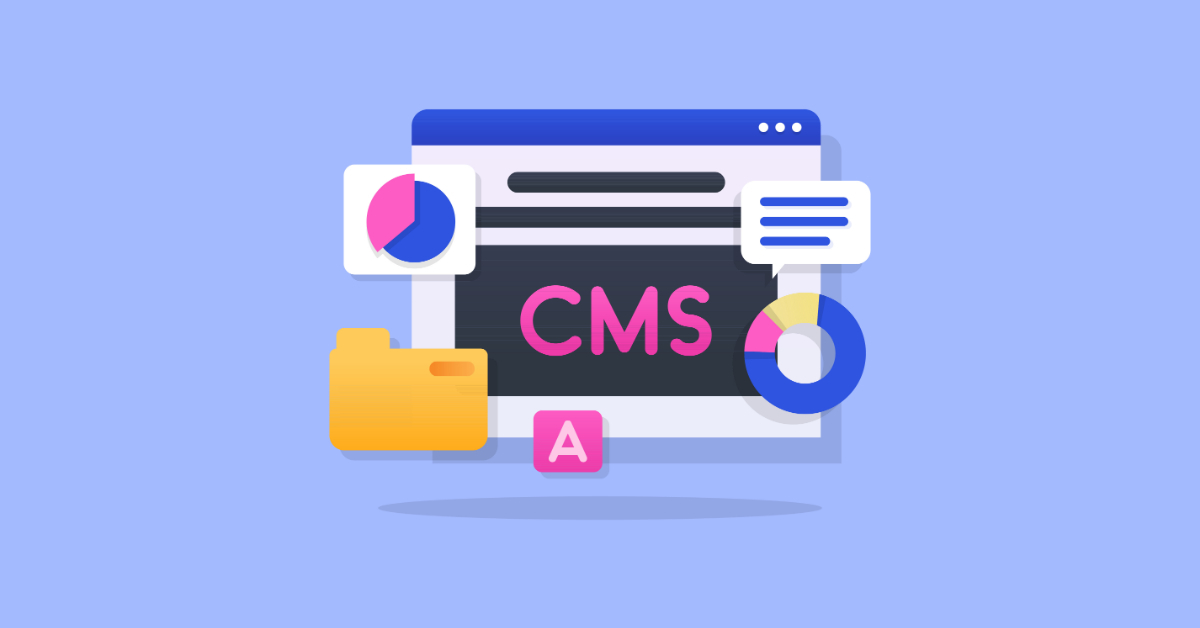For businesses wanting to help their customers help themselves, digital self service is a big part of the solution.
What exactly is self-service?
At first, most people think of a self-checkout, which is essentially the customer going through the sales process on their own without the help of a sales person. And while that’s technically right, self service actually refers to much more than that.
It’s the process of empowering your customers to find information, answer their own questions and even troubleshoot some of their own issues. Think of self service as a way of guiding your customers through the customer journey by making support and resources available for them should they need it.
And digital self-service trends are telling us, customers do need it.
Recent studies show that B2B customers are now 80% through the sales process before they actually talk to a sales person. Another study by the Harvard Business Review revealed that 81% of all customers attempt to take care of issues themselves before reaching out to a live representative - across industries.
Have you optimised your website to serve this 81% of customers, or are your customer service reps spending hours on calls answering basic queries?
As we move through this blog, we'll explore some of the key components of a self-service website, as well as discussing important considerations for businesses wanting to promote digital self service.
Let’s get started.
How to Promote Self Service
Self Service Knowledge Base
At the heart of a robust self-service website lies the online self service knowledge base — a centralised collection of information designed to cater to the needs of customers. This digital library serves as a go-to resource for users seeking answers, troubleshooting guides, and comprehensive insights into a company's products or services.
For customers, a knowledge base means instant access to information, reducing the need for dreaded customer support calls (which almost always involve a lengthy “please hold” time). They can swiftly navigate through FAQs, tutorials, and troubleshooting guides, allowing them to gain more control over their experience with your brand.
On the business front, the benefits are just as good. A well-structured knowledge base streamlines customer support, freeing up valuable time for your service teams to focus on more complex issues.
Happier customers and freed up resources in your business? Double win.
Chatbots and AI
While we acknowledge that chatbots aren't exactly a novel concept anymore, their impact in the way of self-service can't be overstated. These virtual assistants are the unsung heroes, tirelessly working behind the scenes to provide instant support and information, making them an integral part of any self-service strategy.
For those of you who don’t know, a chatbot is a conversational agent (in some cases driven by AI) generally embedded within a website. It acts as the virtual frontline, engaging with users in real-time to answer queries, guide navigation, and resolve issues. It can be thought of as an online customer service agent.
One of the standout features of chatbots in self-service is their unwavering availability. Unlike human employees, chatbots don't adhere to office hours — they're on duty 24/7. This means that with a chatbot, your business can provide real-time assistance for users across different time zones or those burning the midnight oil.
Your brand’s platform is alive and responsive, making sure that your customers receive the support they need whenever they need it.
Customer Self Service Portal
A customer portal is a dedicated digital space that customers can use to engage with your brand. It's a personalised and secure environment within a website.
Through these portals, customers can get access to a range of features designed to improve their overall experience interacting with your company.
Once logged in, customers can view their order history, track shipments, manage subscriptions, and initiate support requests. The effort of signing up becomes a small investment with significant returns in terms of time saved and a streamlined user experience.
Businesses can also gain a lot from providing the option of customer portals. Not only do they increase brand loyalty and engagement with their customers, but they’re also able to access a range of data about their customers — helping them to offer more personalised experiences that yield more ROI.
For example, a customer portal houses the customer's purchase history. By accessing this, the brand can offer personalised recommendations that are more likely to result in a sale.
Transparent Pricing Model
Few things are more frustrating for customers than trying to find out more about a service or product that they’re interested in but not being able to find the price.
When companies don’t make pricing available for potential customers, product research becomes a guessing game that can lead to a less-than-ideal customer experience.
But including pricing on your website is not just about appeasing your potential customers; it's a strategic move that actively benefits businesses.
A transparent pricing strategy allows potential customers to qualify or disqualify themselves based on their budget and expectations. This not only saves time and resources for your business but also means that the leads generated are more qualified, setting the stage for a more fruitful interaction with the sales team.
However, the fear of including pricing on the website is still a major concern for some businesses. The argument usually revolves around the subjective nature of services, where the final cost could be different based on specific client needs.
The solution lies in offering a price indication by range. For example, a service may be presented as costing between $200,000 and $350,000. This approach provides transparency without committing to a fixed price, offering potential clients a ballpark figure to align their expectations.
Important Considerations for Building Digital Self-Service Experiences
When you’re thinking about how to promote self service on your website, there are a few key considerations that definitely shouldn’t be overlooked.
Accessibility
The goal of self-service is to meet your customers where they are, providing a consistent and user-friendly experience across different touchpoints. What does this mean practically? Optimise your self service options for different devices. Make the opportunity to self-serve obvious. Take into account the diverse needs of your customer base and modify your self-service options accordingly. For example, including audio in your knowledge base for the visually impaired. These are all different tactics that ensure your company is making self-service available for a broad range of customers.
The Human Touch
While the beauty of self-service lies in its automation, not every issue can be neatly resolved without human intervention. Modern day customer service is a delicate balance between self-service and personalised assistance. A well-designed self-service system should facilitate a smooth transition to assisted support when needed, making sure that customers can get the human touch required to address complex queries or unique situations when they need it.
Maintenance and Updates
The self-service journey doesn't end with implementation — it requires ongoing attention. Keeping your resources up to date is a crucial factor in making sure that your self-service tactics are always providing the most relevant and helpful information to your customers. Regular audits, updates, and additions to the knowledge base keep the content fresh and aligned with both the evolving customer and business needs.
By keeping each of these aspects top of mind as you create your self-service strategies, you can ensure that both your business and your customers are able to get the most of what you implement.
From knowledge bases and chatbots to customer portals and transparent pricing, each aspect plays an important role in empowering customers and fostering a more connected relationship between businesses and their customers.
It might seem like the goal of self-service is to remove the human element from the sales journey but this isn’t true. The goal is to provide your customers with information and resources that are available to them wherever they are in their customer journey, improving their experience with your brand and bringing them one step closer to being a loyal and satisfied customer.
Listen to what Business Mentors New Zealand CEO, Sarah Trotman, had to say about the self-service solution Hype & Dexter built for her customers:




Comments